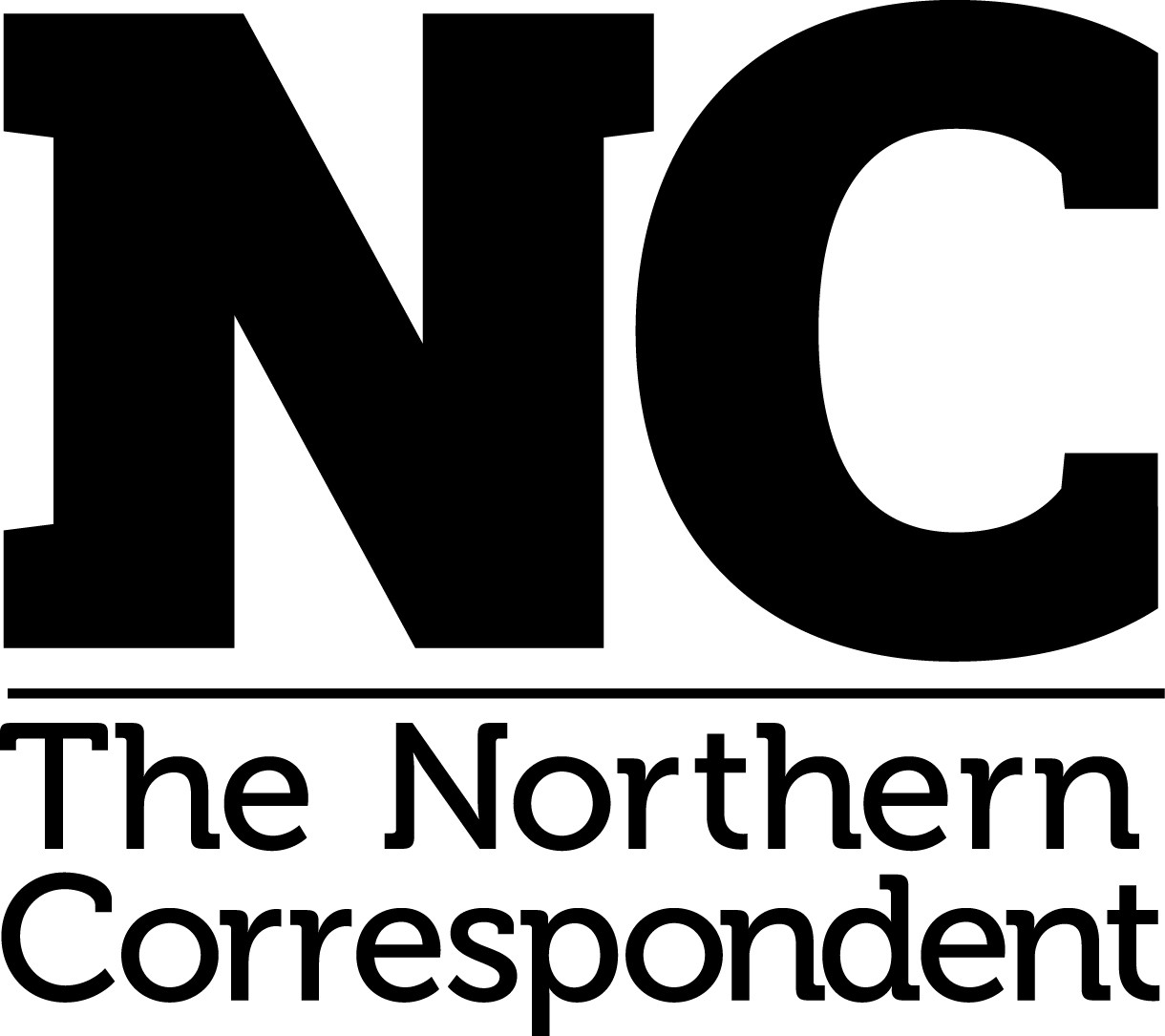A region that birthed the steam turbine, the railway engine and domestic electricity ought to have the innovation and courage to plan its future, says Anna Round
Whatever else the Northern Powerhouse has achieved in its initial phase, it has stimulated productivity in one area: punning. Variously reworked as “Northern Powercut”, “Northern Poorhouse”, “Northern Outhouse” and worse, the term has been criticised by its sceptics and even some of its friends for a lack of clear definition. Yet the name is the least important – if most amusing – aspect of the project. Evidence and policy propositions developed over several years show that there is genuine need and strong potential for economic growth in the north of England.
Were the north of England a single country, its economy would be the tenth largest in the EU. In 2014 northern businesses employed over five million people and generated £111bn in gross operating surplus. Job creation overall matches the national rate, with far higher levels in areas such as the north east and the Leeds city region. The north also has a strong base of natural assets, eight major ports, a vibrant cultural sector, and twenty-nine universities. And while it is sometimes portrayed as riven with in-fighting, as if suspended in a perpetual Newcastle-Sunderland derby match, quiet but highly effective collaboration is the real order of the day; for example, this has led to the creation and growth of many successful business ventures, and initiatives such as the two new university technical colleges.

The nameplate on George Stephenson’s Rocket, at the Science Museum in London. Photograph by Oxyman under Creative Commons Licence.
The region still faces considerable challenges, however. Productivity continues to lag behind national and EU levels, while unemployment remains relatively high. The economy depends heavily on manufacturing, where growth is slower across the UK than in other economic areas, and while regional exports are impressive these are concentrated in a fairly small number of industrial sectors. Low pay for those in work and underemployment pose difficulties both for households and for local economies, and skill levels need to increase to allow workers to take advantage of developing opportunities.
In our report The State of the North 2015, we set out four tests and eleven associated benchmarks for the Northern Powerhouse. Together these define a distinctive – and, we believe, better – kind of growth for the north. This involves combining rising productivity with more and better-paid jobs, and ensuring that this growth is sustainable and resilient through investment in people, connectivity and innovation. It also demands a rejuvenated local democracy so that devolution can be genuinely transformative. Northern leaders need the powers, the budget and the mandate to shape the destiny of the region and its communities.
Investment is crucial. The north is sometimes characterised as “taking” from wealthier parts of the country, and from government. In fact, when all elements of income, taxes, benefits and benefits-in-kind are considered, households in the north receive less than those in London and many parts of southern England. In particular, spending on infrastructure, transport, and research and development is substantially lower, despite an association between precisely these factors and growth which can be observed in similar regions. Securing investment, however, is not only a matter of seeking government funding (and control of this). Potential business investors need an account of how a connected and skilled north can offer a great return in the long- and the short-term.
A “Great North Plan” can support these aims by presenting a long-term vision of a north enjoying “good growth”, alongside clear and concrete proposals for how to get there. It should bring together the best practices and insights of contemporary spatial planning with expertise from business, the public sector and civil society in a narrative of how people, places and connections can work together.
How a Great North Plan finally comes together remains a matter for discussion. Should it be written by a group of technical experts? And if not, who should its authors be? Should it be politically led? Perhaps it could be drawn up by a special competition, or a broad democratic process? Answers on a 21st century equivalent to the postcard, please.
This is an ambitious programme, which demands innovation and courage. But the north of England (birthplace of the steam turbine, the railway engine and domestic electricity as well as more recent breakthroughs in medicine, manufacturing and low-carbon technologies) ought to be the right place for that.
Anna Round is north east senior research fellow at IPPR North and will be one of the panel members taking part in “Politics up north: where next for the Northern Powerhouse?”, an event on Friday 13th November at Durham University. You can follow her on Twitter.
What do you think should be in a “Great North Plan”? Tell us your views in the comments section below – by clicking on the little speech bubble.
(Views expressed on our website and in our magazines and emails are not necessarily endorsed by The Northern Correspondent.)

Democracy would be a start! Consultations are underway this week for the NECA and no one knows about them! Durham is the only council to have committed to a referendum much to the annoyance of the other leaders in the LA7. Information and any means of transparent accountability is lacking. There are many opportunities to had in planning our own future in the North – but if we think that’s what devolution is all about I think we may need to study this govt’s record very closely indeed.
It isn’t necessary to reinvent the wheel. The foundations for a viable and effective North East economic strategy were laid by One North East, the former Regional Development Agency. Within that, you need only revisit the Strategy for Success and its Three Pillars approach. And the initial work that was done by the Northern Way collaboration between One North East, the Yorkshire and Humberside Development Agency and the North West Development Agency; this set out the groundwork for a Northern Powerhouse. With some modifications and updating, and without maddening layers of bureaucratic accountability, this could be the basis of a Great North Plan.
Or is all this too simple? Do economic planners such as IPPR North constantly have to justify themselves by going over the same old ground and coming up with merely lukewarm and constantly regurgitated, fanciful ideas?
So come off it. We don’t need more pointless planning consultations which get nowhere. Let’s put some existing, proven ideas back into practice.